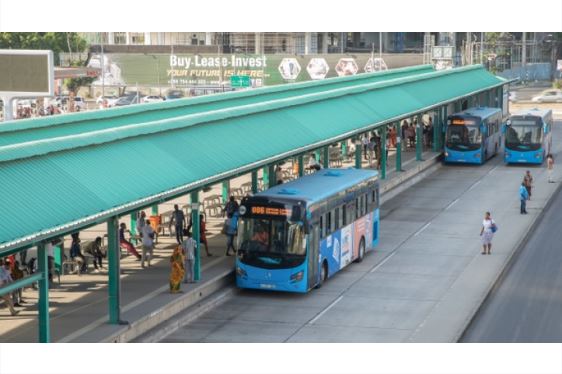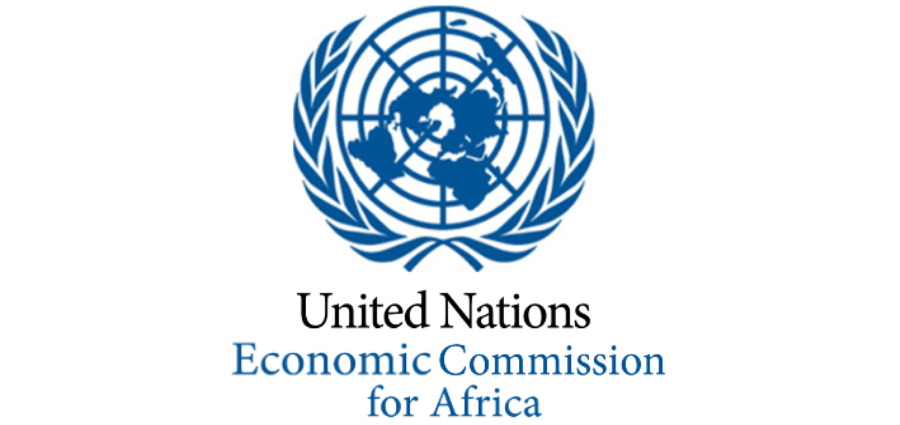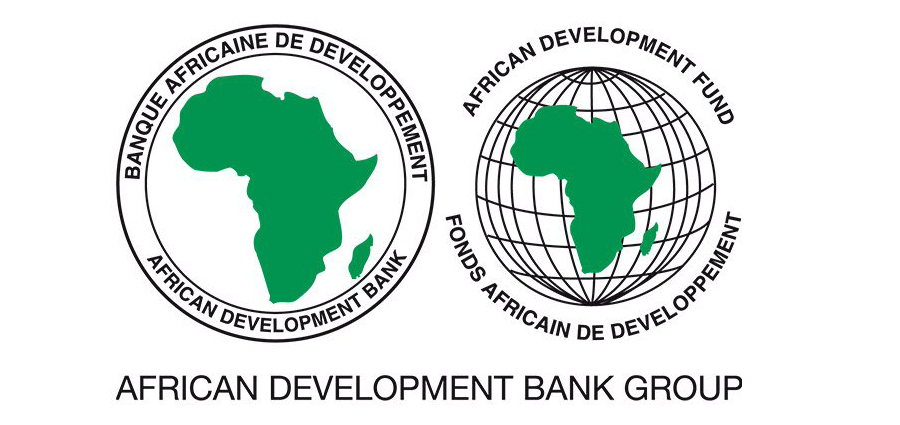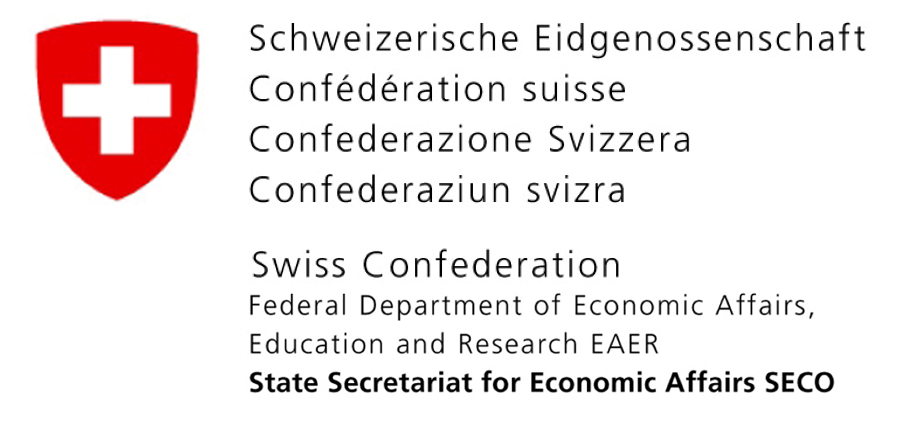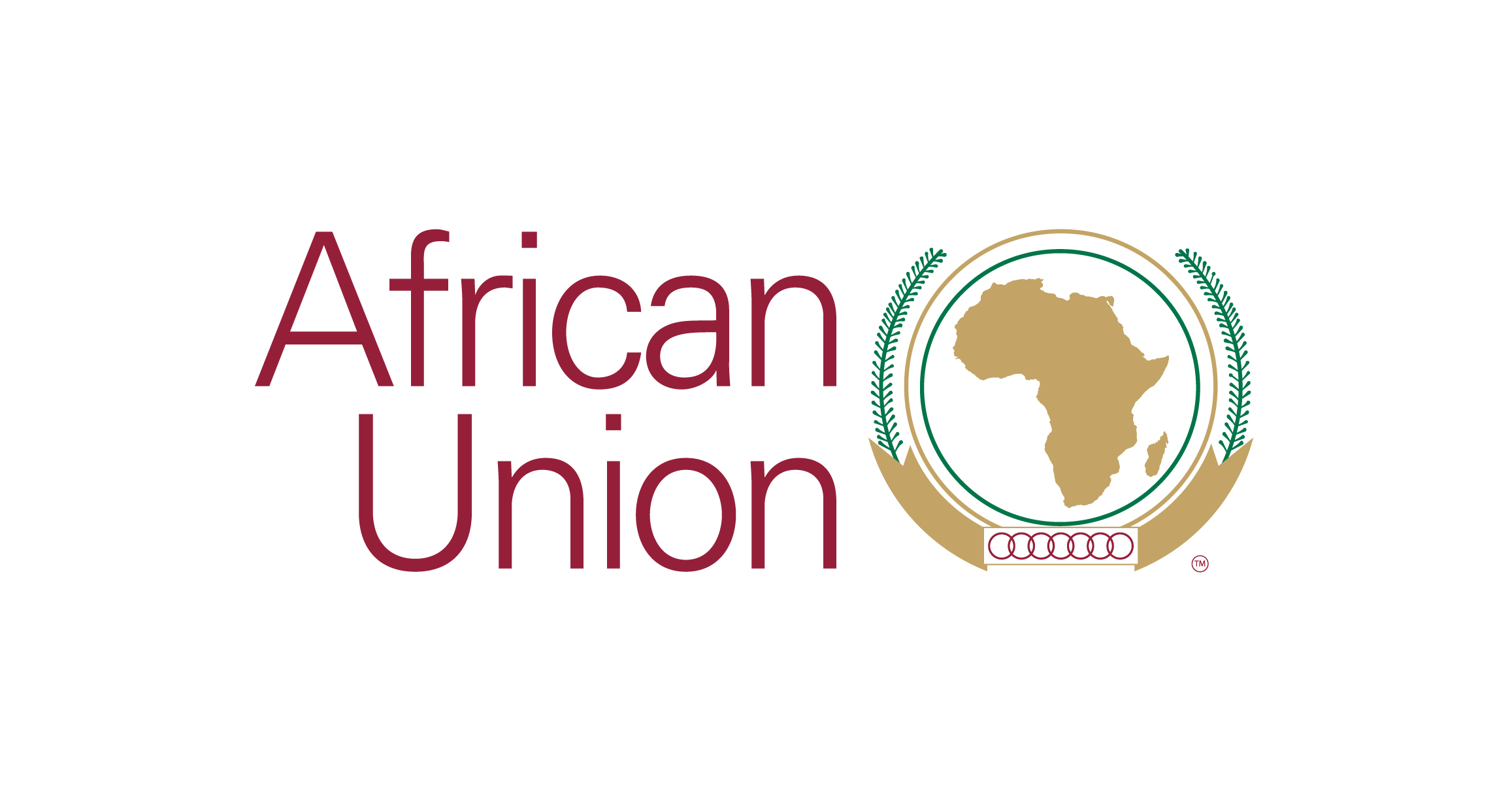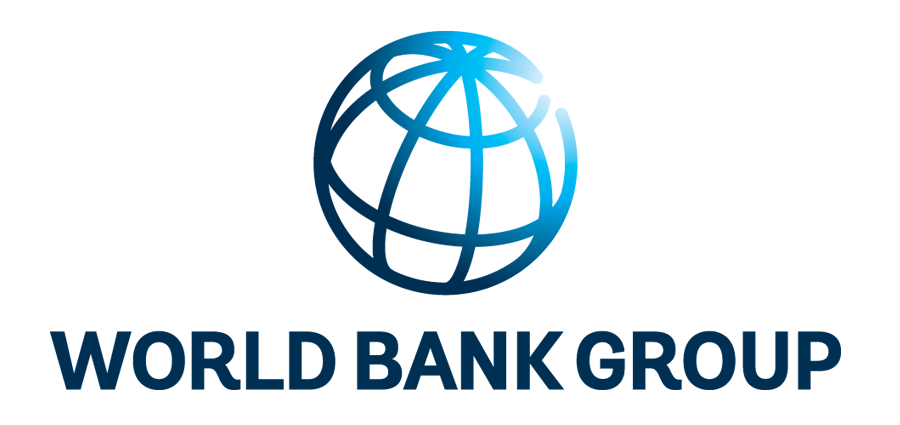How can we invest in sustainable urban mobility in Africa more effectively? Key stakeholders share their voice
Written by: Hongye Fan, Edward Andrew Beukes, Xuanyi Sheng and Kaori Niina
As African cities face the challenges wrought by rapid urbanization and motorization, investing in sustainable urban mobility is key to fostering livable cities in the continent. To address this issue head-on, the World Bank conducted a series of flagship studies focused on enhancing the commercial viability and financial sustainability of Bus Rapid Transit (BRT) networks in cities across Sub-Saharan Africa (SSA). They provide pragmatic recommendations on key factors that can boost private capital mobilization in investing in sustainable urban mobility in this region. For a short synopsis, check out the recent blogs on Improving the viability of Bus Rapid Transit systems: Nine factors for Sub-Saharan Africa and Bus rapid transit in Sub-Saharan Africa: Private sector feedback about financial sustainability and commercial viability.
From upstream policy making and capacity building at the national and city levels to the downstream preparation and implementation of investments, each type of stakeholder involved in the delivery of urban mobility services plays an indispensable role. Their key concerns and perceptions ultimately shape the prospect of ensuring sustainable urban mobility systems. Inspired by the series of studies conducted by the World Bank and the fruitful discussions that were generated during the breakout session on “Investing in Sustainable Urban Mobility for Africa” at the Transforming Transportation 2022 Conference, this blog captures responses to vital questions concerning the development of sustainable urban mobility in Africa and beyond, and offers a synopsis of solution-oriented recommendations from the perspective of key stakeholders from government, private investment funds, international financial institutions, and international operators.
The Q&A that follows shines a light on the critical challenges that need to be addressed in order to expand investment opportunities for developing more resilient and sustainable mobility systems in Africa in the wake of the COVID-19 pandemic and ongoing economic recovery efforts.
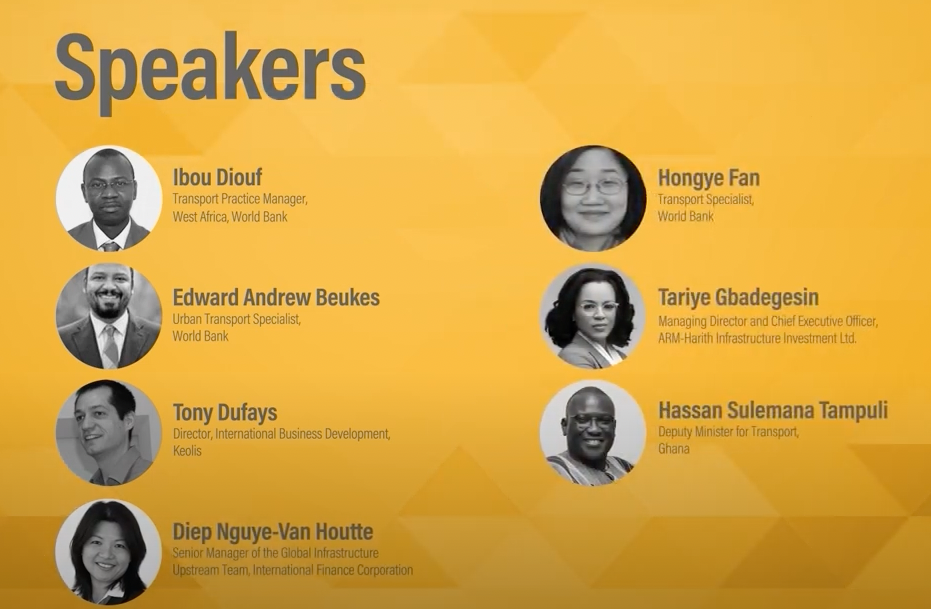
What are the most pressing challenges the government faces when rolling out sustainable urban mobility projects?
There is a strong need to improve institutional capacity and coordination, clearly allocate responsibilities across ministries and departments, and establish an enabling legal and policy framework to guide private participation, Honorable Hassan Sulemana Tampuli, Deputy Minister of Transport in Ghana, highlighted. He shared some of Ghana’s experiences on how best to support sustainable urban mobility and mentioned that Ghana is currently implementing strategies that strengthen institutional capacity and private participation mechanisms. For example, the National Road Authority was established to regulate road transport and transform public transport overall, and Public-Private Partnership (PPP) Acts have been passed to provide the legal basis and policy framework underpinning collaboration with the private sector. The government is also working on harnessing e-mobility technology, and gradually reducing the reliance on fossil fuels, cascading down to the transport sector.
How can we remove bottlenecks to motivate private funds to invest in sustainable urban mobility in Africa?
Urban spatial development patterns, travel demand patterns, and market dynamics are the critical determinants for the viability of projects. Ms. Tariye Gbadegesin, Managing Director and CEO of ARM-Harith Infrastructure Investment Limited, also emphasized that more effective asset management models can help unbundle assets, reduce the financing pressure on investors, and leverage the expertise of stakeholders. Asset management models can be linked with climate mitigation solutions and adaptation-related projects involving bus electrification or the use of compressed natural gas (CNG) to decarbonize the urban mobility system. By involving private sector participants, such as charging service providers and original equipment manufacturers, and allocating asset ownership, we can reduce the costs borne by each participant. From the perspective of a private investment fund, equity investment is also important. To mobilize equity capital, there are two tracks that can be explored: including a reasonable exit mechanism and local currency financing. These reinforce the importance of strengthening local capital markets to provide the financing infrastructure that will enable private investment funds to become more involved.
What are the most sensitive risks for public transport operators and how can we manage these risks via business model and contract design?
There are multiple sensitive risk factors, such as traffic and payment risks, that deter many operators from participating in the urban mobility service space in Africa. Based on the experience of Mr. Tony Dufays, the Director of Business Development at Keolis, the key to managing these risk factors involves finding a common ground for allocating them between the public and private sectors. If risks are not properly allocated, it will lead to higher contractual costs as well as additional costs associated with operational solutions aimed at mitigating negative impacts. Considering the fiscal constraints of governments, careful planning needs to go into achieving an equilibrium between expenses and revenues and assessing the fiscal capacity to bridge financing gaps, if needed, through subsidies.
Bankable transport projects are still in short supply, especially in the most challenging countries and frontier markets. What support can the World Bank Group provide to enable private sector participation in urban mobility in Africa?
The three arms of the World Bank Group – most notably the World Bank, the International Finance Corporation (IFC), and the Multilateral Investment Guarantee Agency (MIGA) – can, and do, work together to deliver public and private solutions at both the national and subnational levels, said Ms. Diep Nguye-Van Houtte, Senior Manager of the Global Infrastructure-Upstream Unit at the IFC. The World Bank Group offers grants and loans to cover viability gaps that impact the availability of projects. Furthermore, the International Development Association (IDA) Private Sector Window offers the world’s poorest countries local currency financing, risk mitigation measures, and blended financing options which can help crowd-in donor and climate financing. From the perspective of the IFC, equity and debt instruments coupled with partial credit guarantees can build confidence, crowd-in additional funding, and support companies with managing currency risks. MIGA can provide political risk coverage and partial credit instruments to create a shield for private capital when faced with significant risks, such as political unrest and global pandemics.
The views shared by stakeholders investing in urban mobility projects in Africa were inspiring. Their insights allow us to envisage a more sustainable development path in which multilaterals and public and private sector actors work together to improve institutional and legal frameworks, innovate new business and financing models, and de-risk urban mobility projects along their lifecycle.
